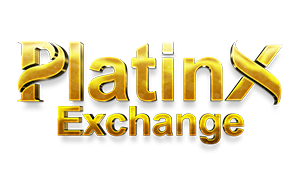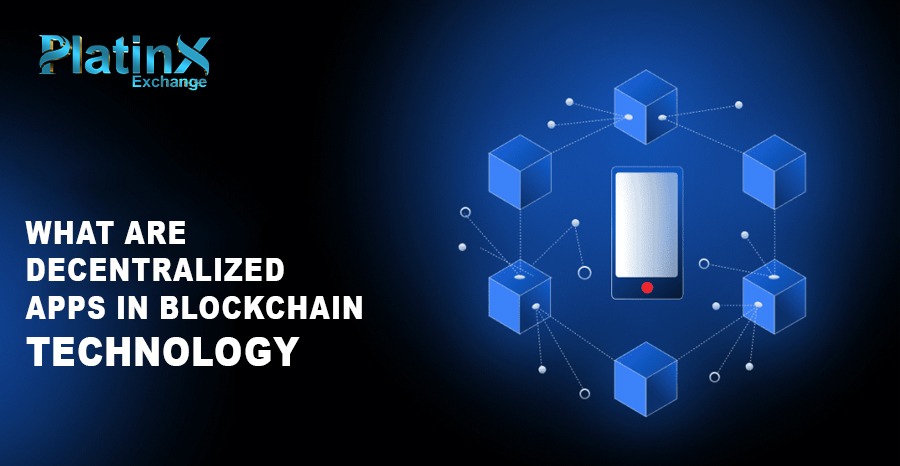Blockchain technology is not only about cryptocurrencies. It also enables the development of decentralized applications, or dApps, that run on a network of computers without relying on a central authority. In this blog post, we will explain what decentralized Apps in blockchain technology are, how they work, what benefits they offer, and their applications.
What is a dApp?
A dApp is a software program that runs on a blockchain or a peer-to-peer (P2P) network of computers. A dApp can have a user interface that is similar to a web or mobile app, but its backend code is executed by the nodes of the network. A dApp is thus free from the control and interference of a single entity, such as a company or a government.
A dApp typically has the following characteristics:
- Open source: The source code of a dApp is publicly available and anyone can inspect, modify, or contribute to it. The changes in the code are decided by the consensus of the network participants.
- Decentralized: The data and operations of a dApp are stored and processed on a distributed ledger, such as a blockchain, that ensures transparency and security. No single node can tamper with or censor the data or the transactions of a dApp.
- Incentivized: The network participants who run the nodes and validate the transactions of a dApp are rewarded with cryptographic tokens. These tokens can have various functions, such as governance rights, utility value, or exchange value.
- Protocol: A dApp follows a specific protocol or a set of rules that define how the network operates and reaches consensus. The protocol can be based on different mechanisms, such as proof-of-work, proof-of-stake, or proof-of-authority.
How does a dApp work?
Decentralized Apps in Blockchain Technology works by using smart contracts, which are self-executing agreements that are written in code and stored on the blockchain. A smart contract defines the logic and the rules of a dApp and acts as an intermediary between the users and the network. A smart contract can perform various functions, such as:
- Storing and retrieving data
- Performing calculations and computations
- Sending and receiving tokens
- Enforcing conditions and outcomes
- Triggering events and actions
A user can interact with a dApp by using a web browser or a mobile app that connects to the network via a gateway or a node. A user can also use a wallet or a plugin that allows them to sign and verify transactions with their private keys. A user can perform various actions on a dApp, such as:
- Creating an account or a profile
- Browsing and accessing content or services
- Posting and sharing information or media
- Voting and participating in governance
- Buying and selling goods or assets
- Lending and borrowing money or resources
When a user initiates a transaction on a dApp, the transaction is broadcasted to the network and validated by the nodes. The nodes use the protocol and the smart contract to verify the validity and the authenticity of the transaction. If the transaction is valid, it is added to the blockchain and executed by the smart contract. The user can then see the result or the outcome of the transaction on the dApp.
What are the Benefits of Decentralized Apps in Blockchain Technology?
If you want to know the overall advantages of blockchain technology, you can go through it now. But, we are discussing a dApp offers several benefits over a traditional centralized application, such as:
- Privacy: A dApp does not require a user to provide personal or sensitive information to a third party. A user can control their own identity and data on a dApp and choose what to share and with whom.
- Censorship-resistance: A dApp cannot be shut down or blocked by a single authority. A user can access and use a dApp from anywhere in the world without any restrictions or limitations.
- Trustlessness: A dApp does not rely on a trusted intermediary to facilitate transactions or interactions. A user can trust the code and the network of a dApp to ensure the accuracy and fairness of the outcomes.
- Innovation: A dApp can enable new and novel use cases and solutions that are not possible or feasible on a centralized platform. A user can benefit from the creativity and diversity of the dApp ecosystem.
Some Applications of dApps:
- Gaming: dApps can be used to create immersive and interactive games that run on the blockchain. Players can own and trade digital assets, such as characters, items, or land, that have real value and scarcity. Players can also compete and cooperate with other players in a decentralized and fair environment.
- Social media: dApps can be used to create decentralized social media platforms that respect user privacy and freedom of expression. Users can control their data and identity, and choose what to share and with whom. Users can also earn rewards for creating and curating content, and participate in the governance of the platform.
- Healthcare: dApps can be used to improve the efficiency and security of healthcare systems and services. Patients can access and manage their medical records, and share them with authorized providers. Providers can verify and update patient information, and coordinate care across different institutions. dApps can also enable the use of smart contracts for insurance claims, payments, and prescriptions.
Conclusion
Decentralized Apps in Blockchain Technology are the next generation of digital applications that leverage the power and the potential of blockchain technology. dApps are open, decentralized, incentivized, and protocol-based software programs that run on a network of computers without a central authority. dApps can provide various benefits to the users, such as privacy, censorship-resistance, trustlessness, and innovation. dApps can also be designed for a variety of purposes and domains, such as gaming, finance, social media, and more.

